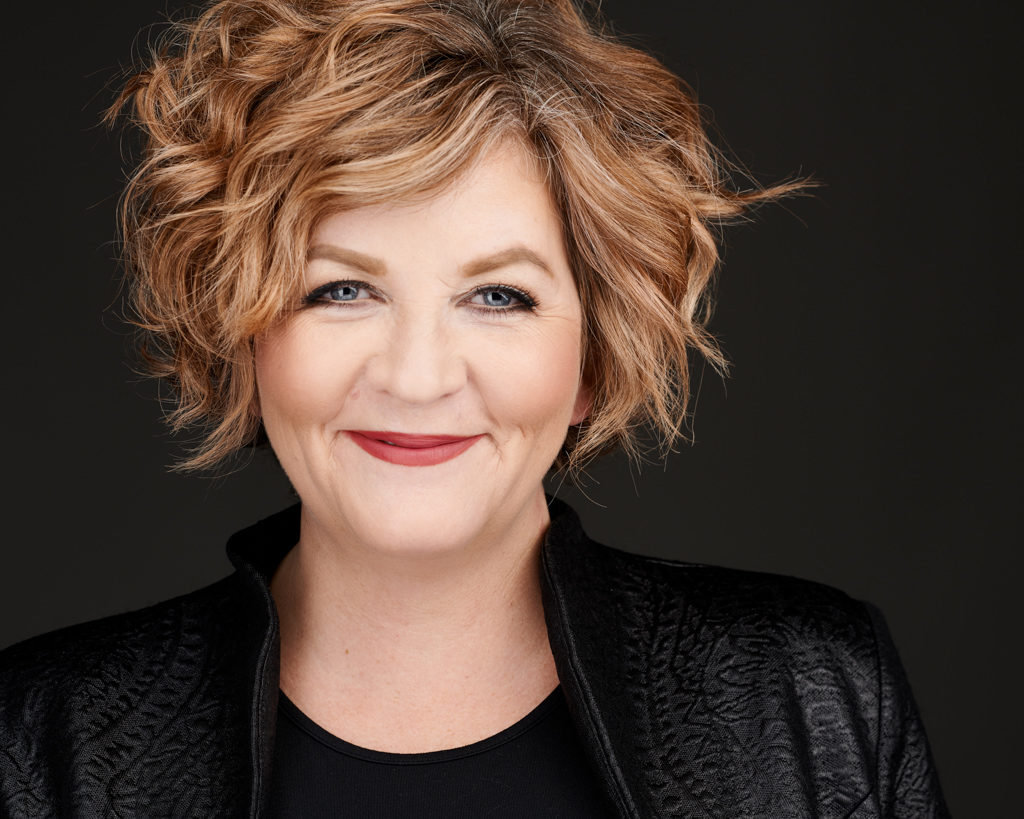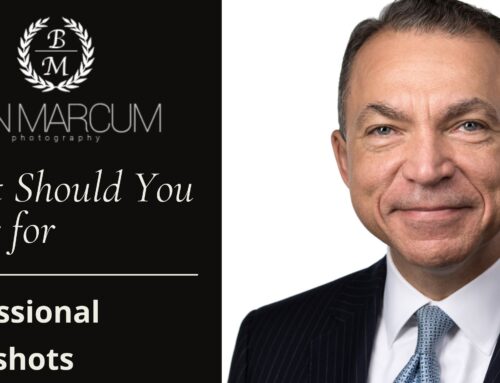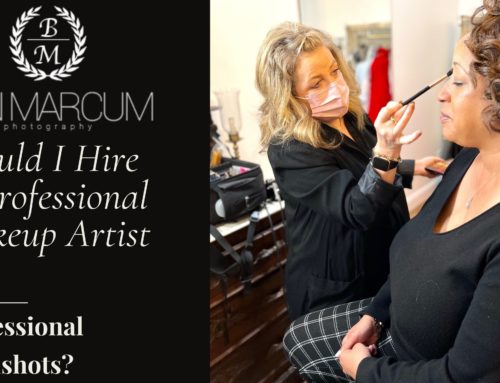If image is what sells, what is the new truth in advertising?
Guest blog by Chris Whelan, Principal, WSI Digital Win
What do we want? Whatever it is, we’re looking for it on the internet, with now more than half the world’s population online, at approx. 3.5 billion. And whatever it is, we’re looking for it by “phone”, as internet browsing is now at least 60% mobile. From there, we get personal … with the growth of social out-pacing search. But across all formats of media, what do we want, consume, click the most? Image. Visual. Graphics. Welcome to snapshot decision making.

Chris Whelan
With image consumption dominating the choice of how we spend our time and clicks, what’s next in the progression of content preference? Because there is so much riding on that difference, you can bet the next step in the evolution of content is getting at the “it” of graphics. If Truth in Advertising always wins (and it does), how does that translate to image, and how do you achieve it?
Advertising spend follows what we follow, and how. With greatest growth online time and clicks in graphic/video content and social platforms, we see what’s pulling attention and spend, and where.
Why Invest in Image? No Question. The Eyes Have it.

HubSpot: Visual Content Marketing in 2017
Here’s a great HubSpot blog on visual content dominating text. If your income depends on your image, my top two points are below, both because of the multiplier effect in social media. Also consider, video content choice begins with a thumbnail image. It’s still a snapshot decision.
- Tweets with images receive 150% more retweets than tweets without images.
- Organic Facebook engagement is highest on posts with videos (13.9%) and photos (13.7%).
Why Invest in Image?
“Truth” still sells, and how do you create truth in image?

As much as we don’t like to be hypocritical, when it comes to commercial content, we want to have our cake and eat it too. Commercial imagery needs to be honest, and the professional-level quality of image needs to demonstrate an attention to quality. With friends, we are forgiving, and we have greater context than we see in a selfie, so that context comes out in the smile and the “like.” But when we spend money, we want quality. So, let’s put it this way: When it comes to commercial use of selling imagery, are you more or less likely to capture truth/quality/reality with a selfie?
For personal imagery, relax and smile. For professional imagery, hire a professional.
1. Relax among friends. Smile. Share. Even if you don’t post like a diva, your friends might. The new social reality dictates that you will be out there, like it or not. As over-simplified as it may sound, it’s more important than ever to just … relax, enjoy life, and always be nice. It shows.
2. Invest in professional photography for professional purposes. It would be nice if 100% unfiltered candid worked for business as well, but take a look at fake news and scam advertising; It’s quick, low-budget and taking advantage of our trust in visual honesty. A professional photographer who knows how to apply optimal lighting and framing to capture candid expression with a perceivable edge in quality … is worth the investment to convey true visual honesty of image.
Especially for headshots, you need a photographer who knows how to put you at ease and capture your personality while making the statement that you care about quality. Plus, sizing and compression are increasingly critical for application in mobile formats and social media.

The more things change, the more things stay the same. The more we trend toward visual content, the more our natural, human intuition will be forced to be sharpened for filtering out truth and quality. How will we find that in our own imagery? The objective eye helps.






Leave A Comment